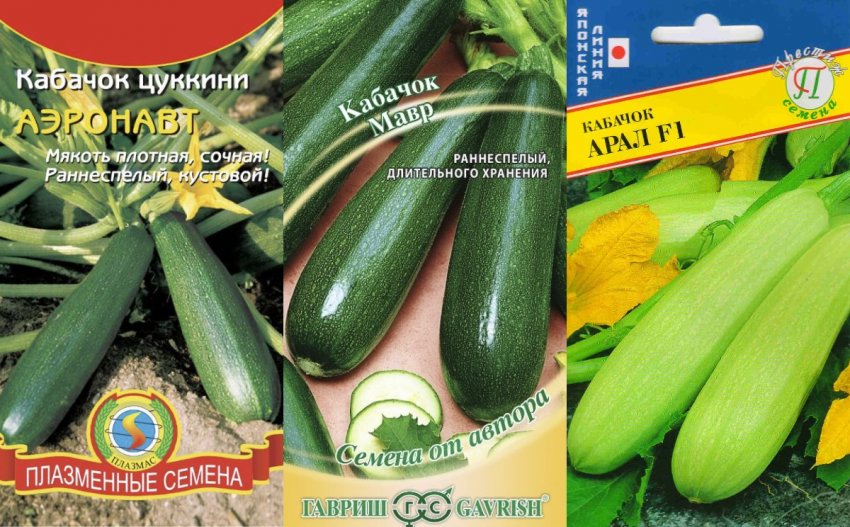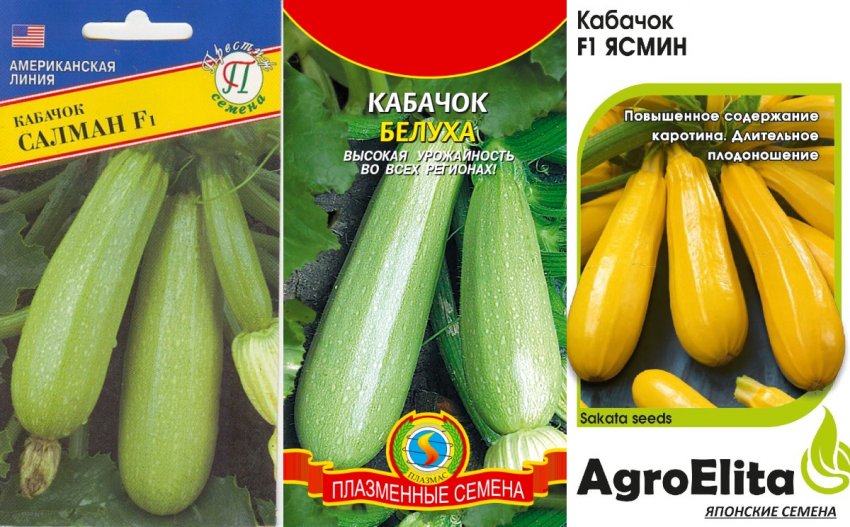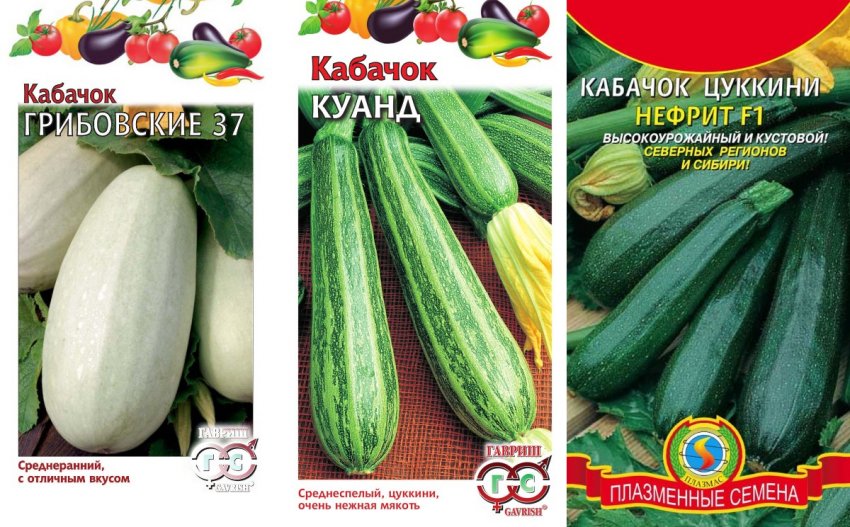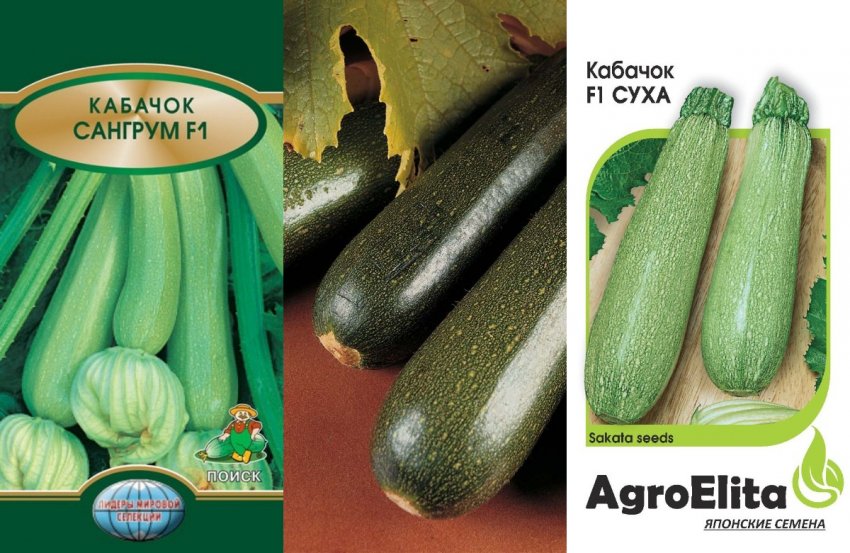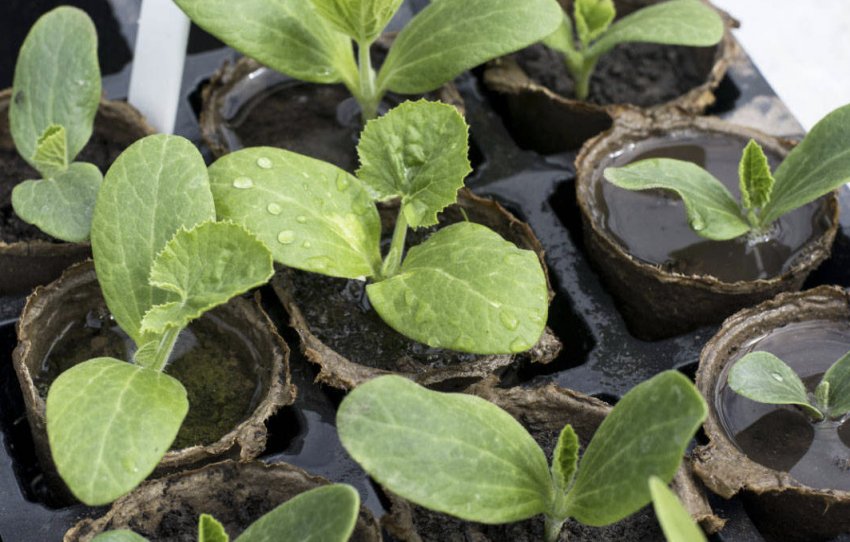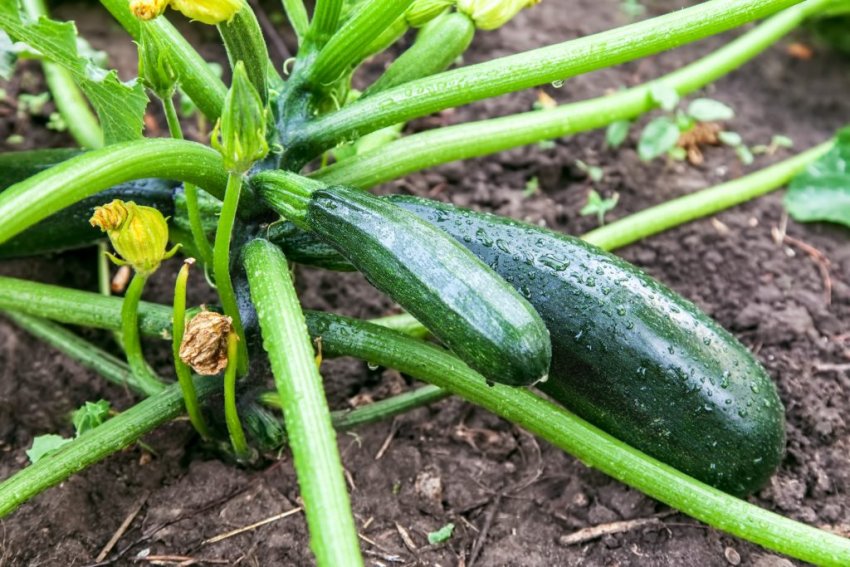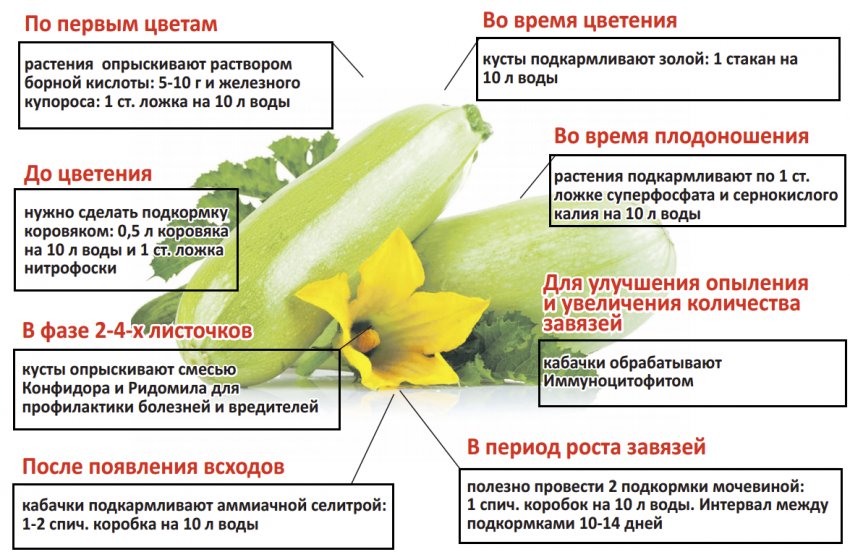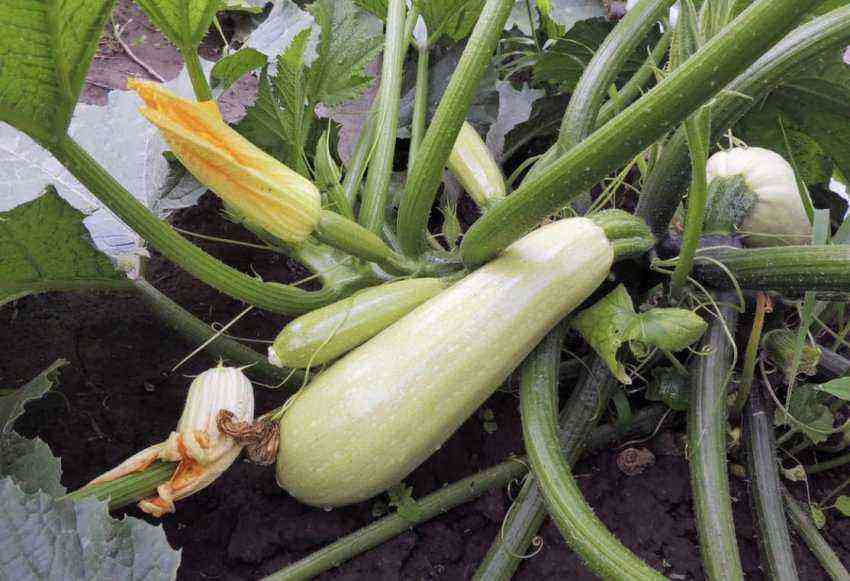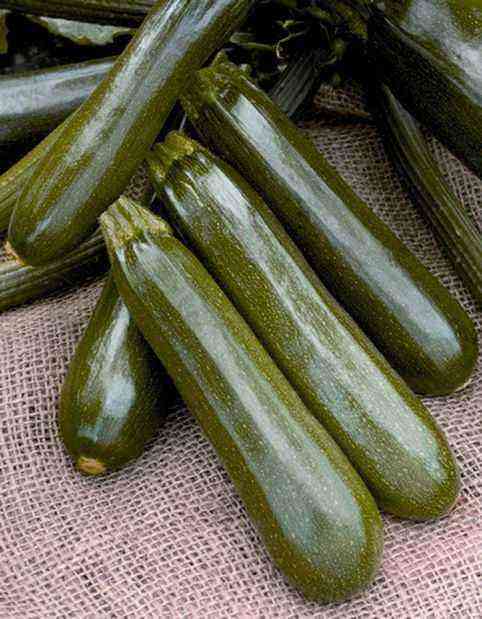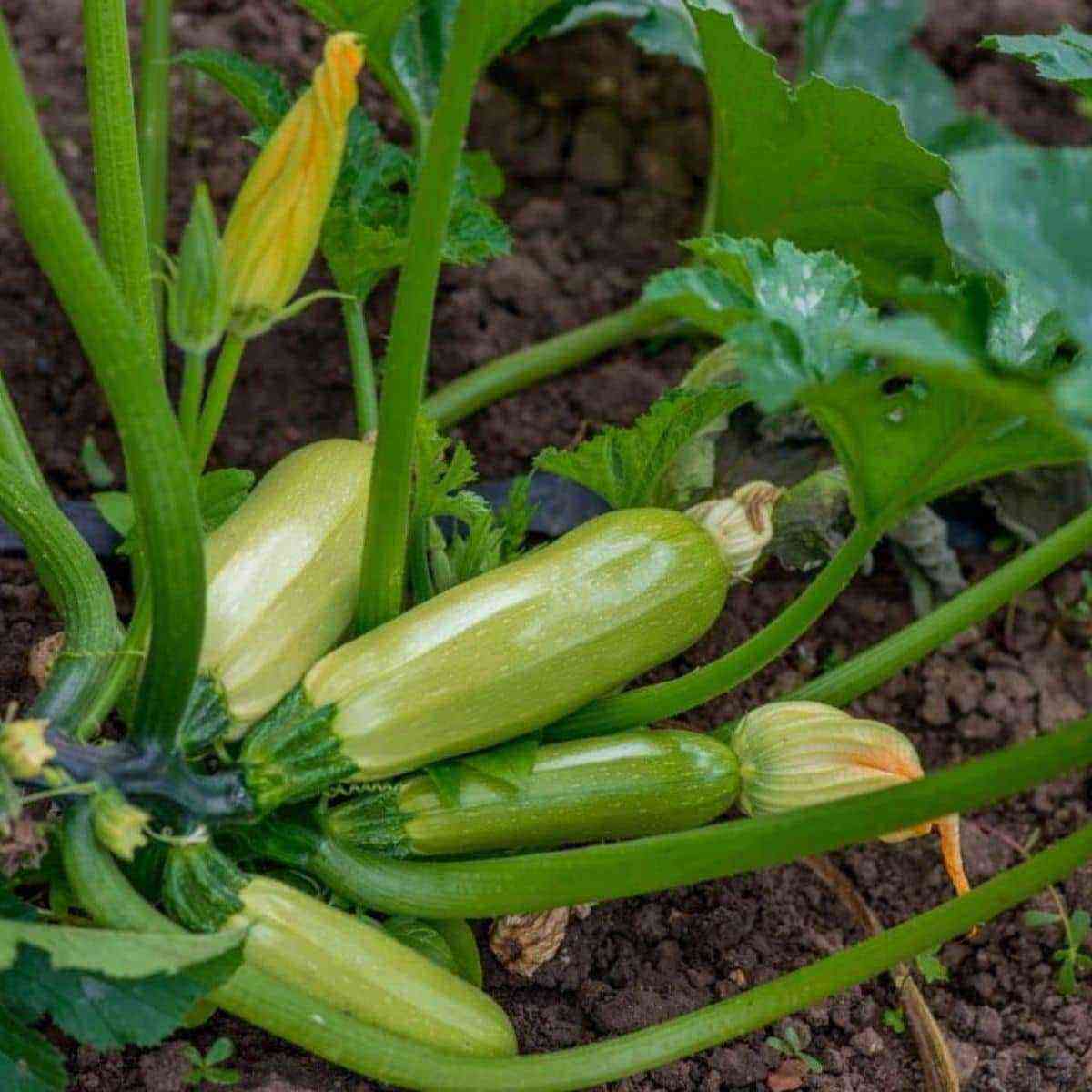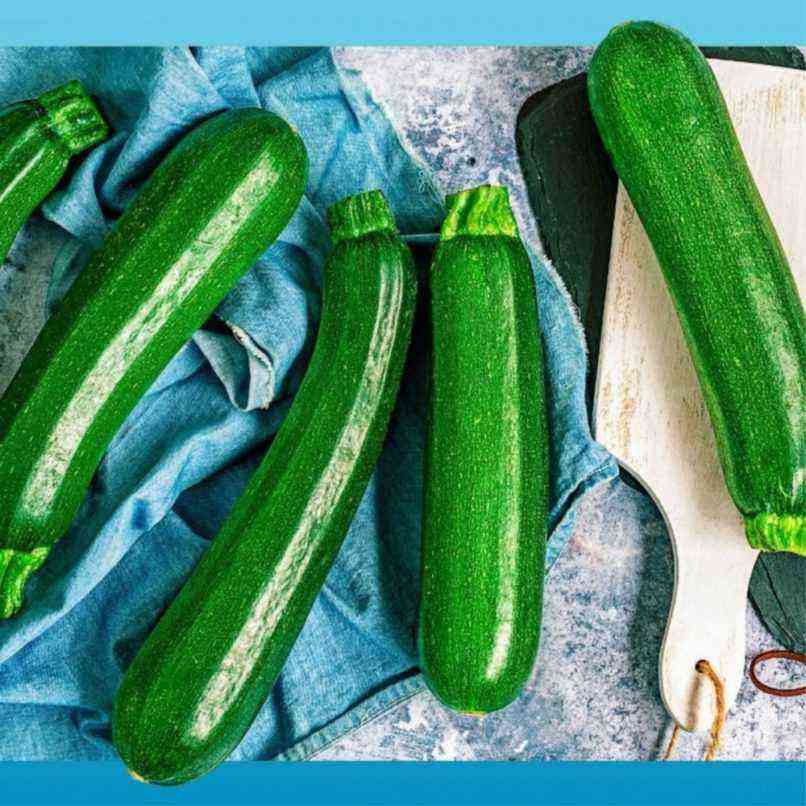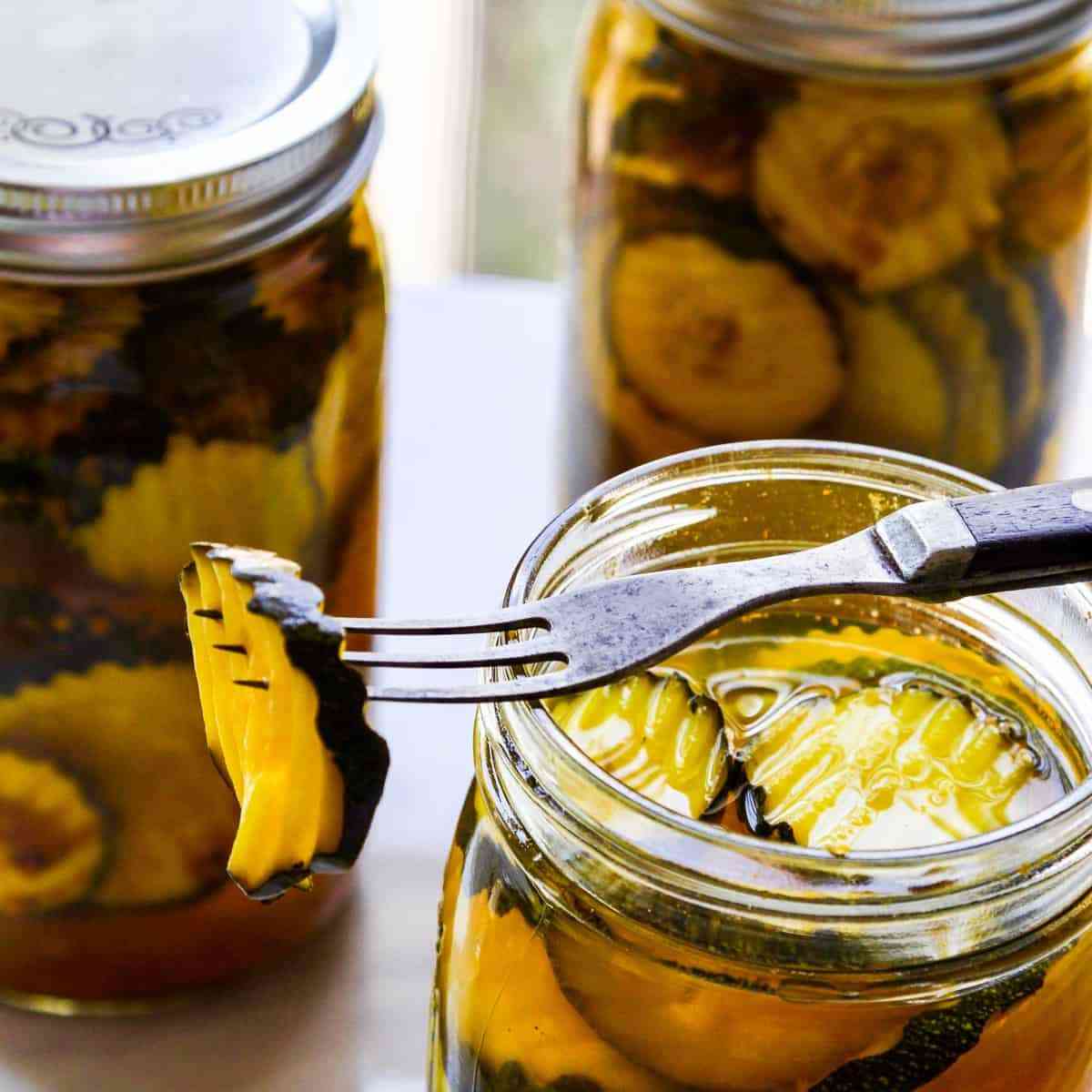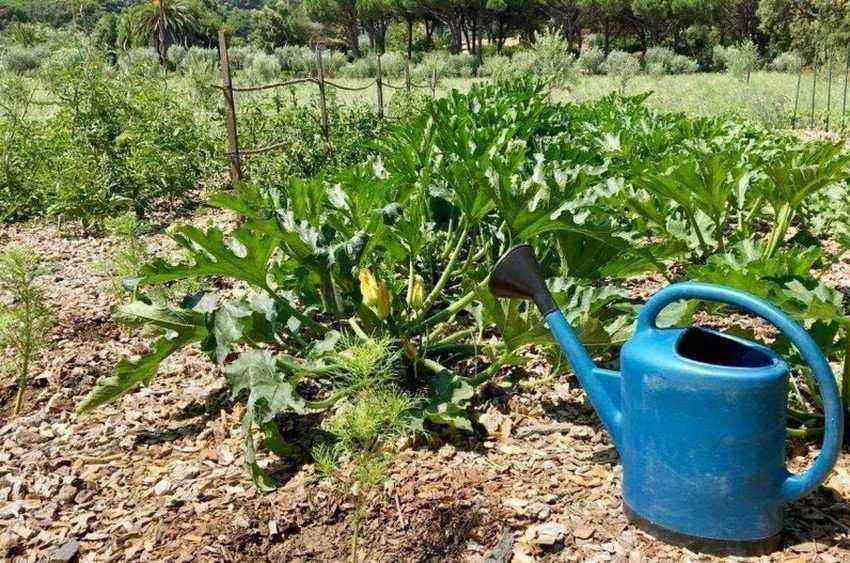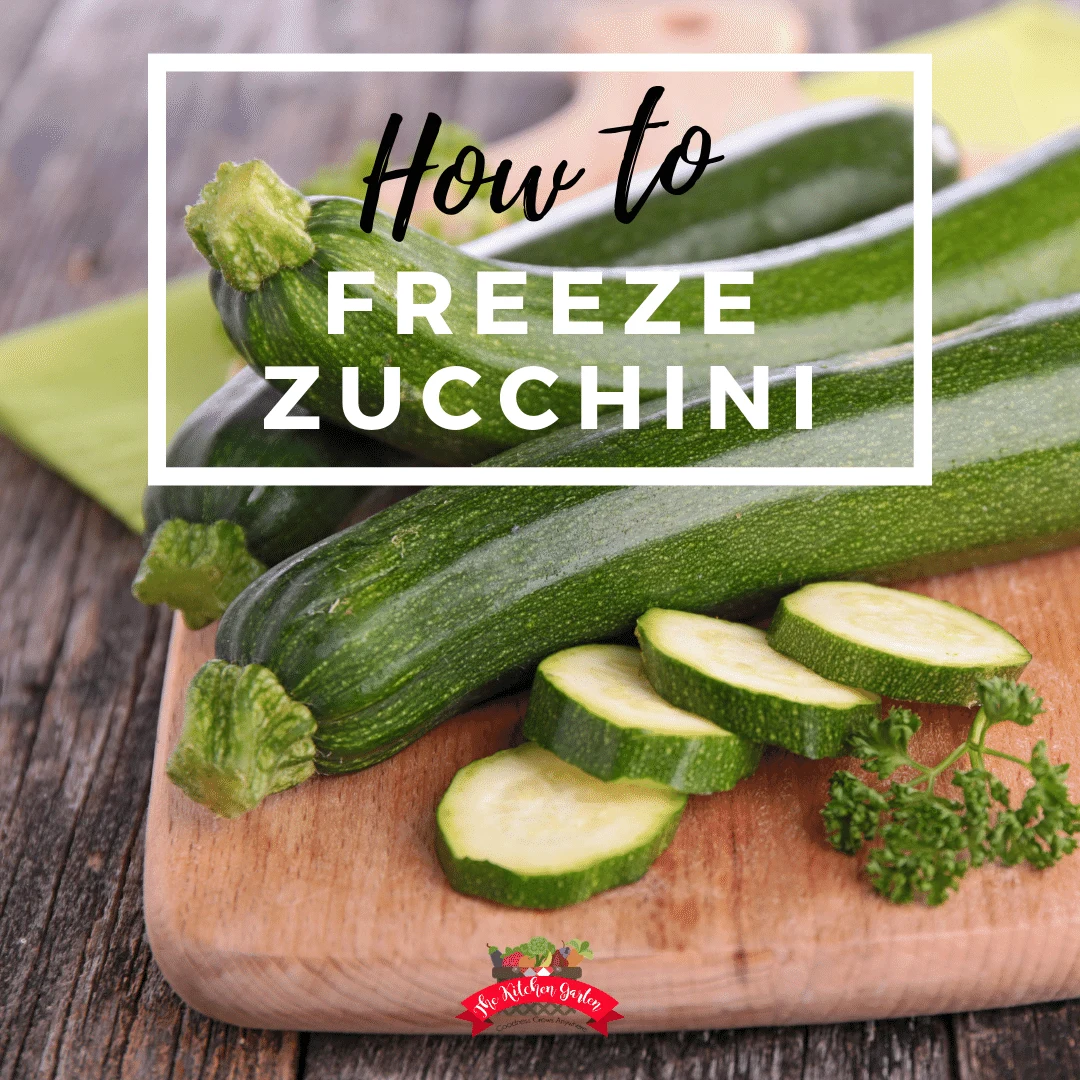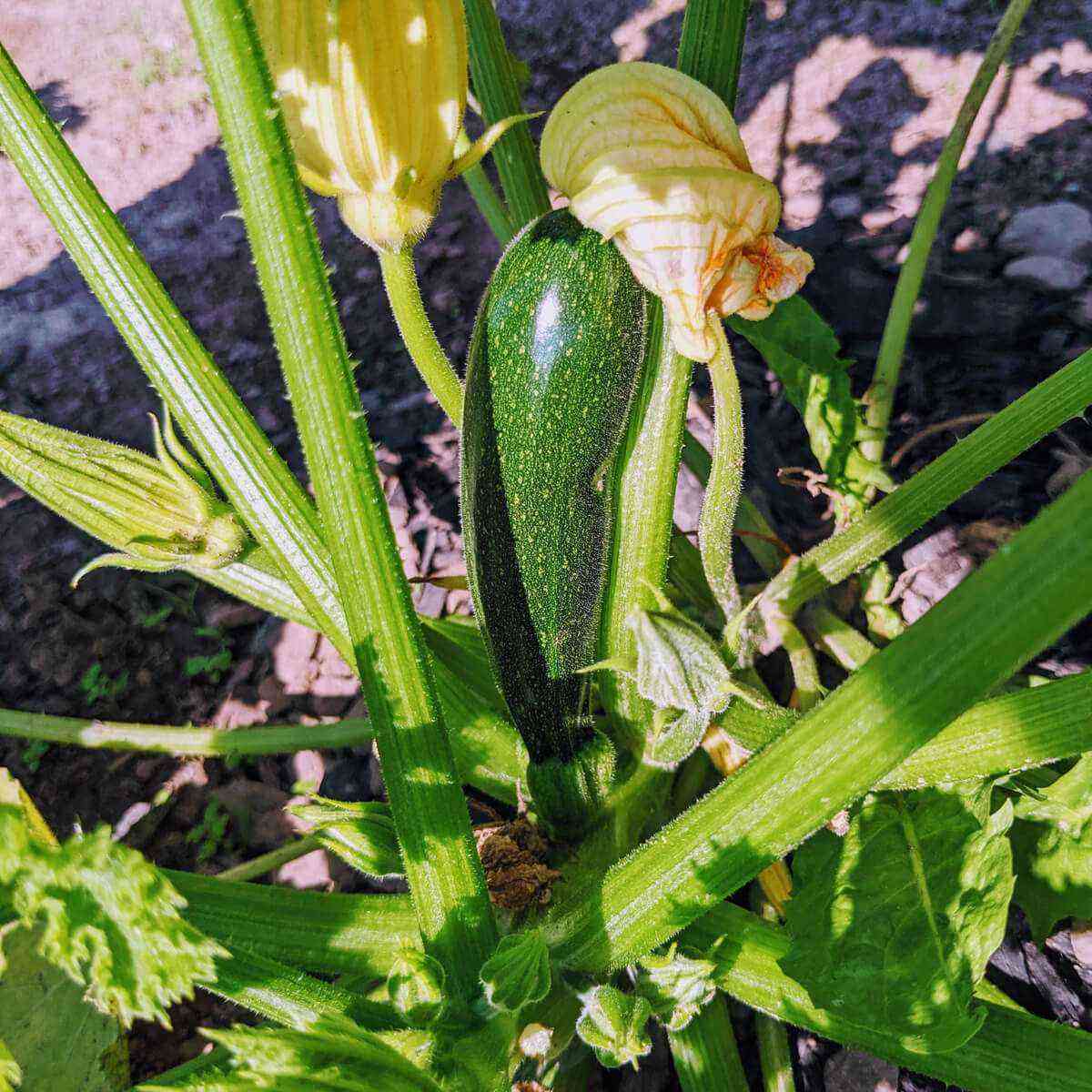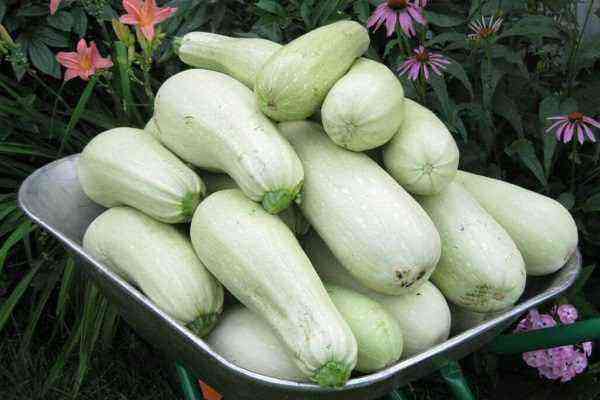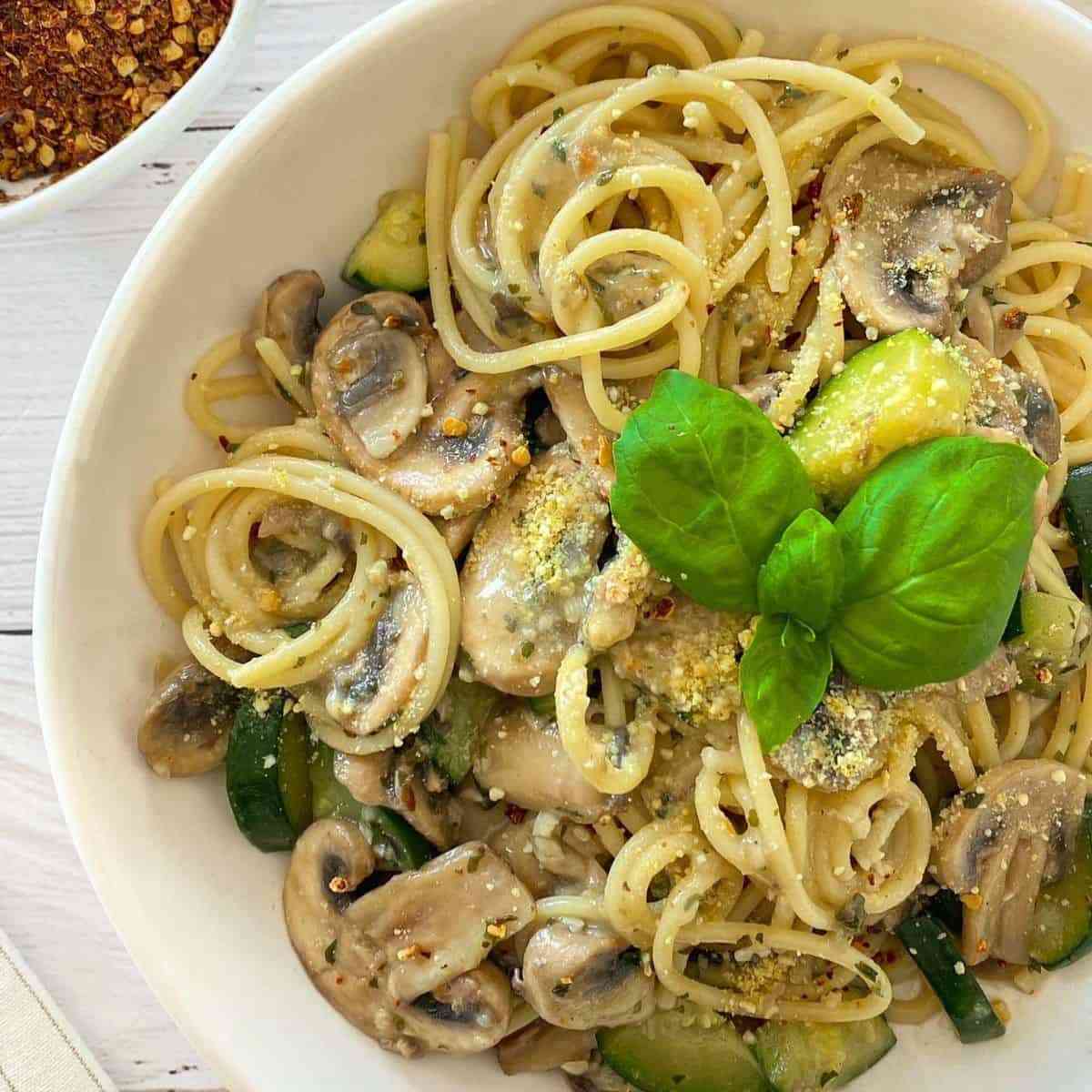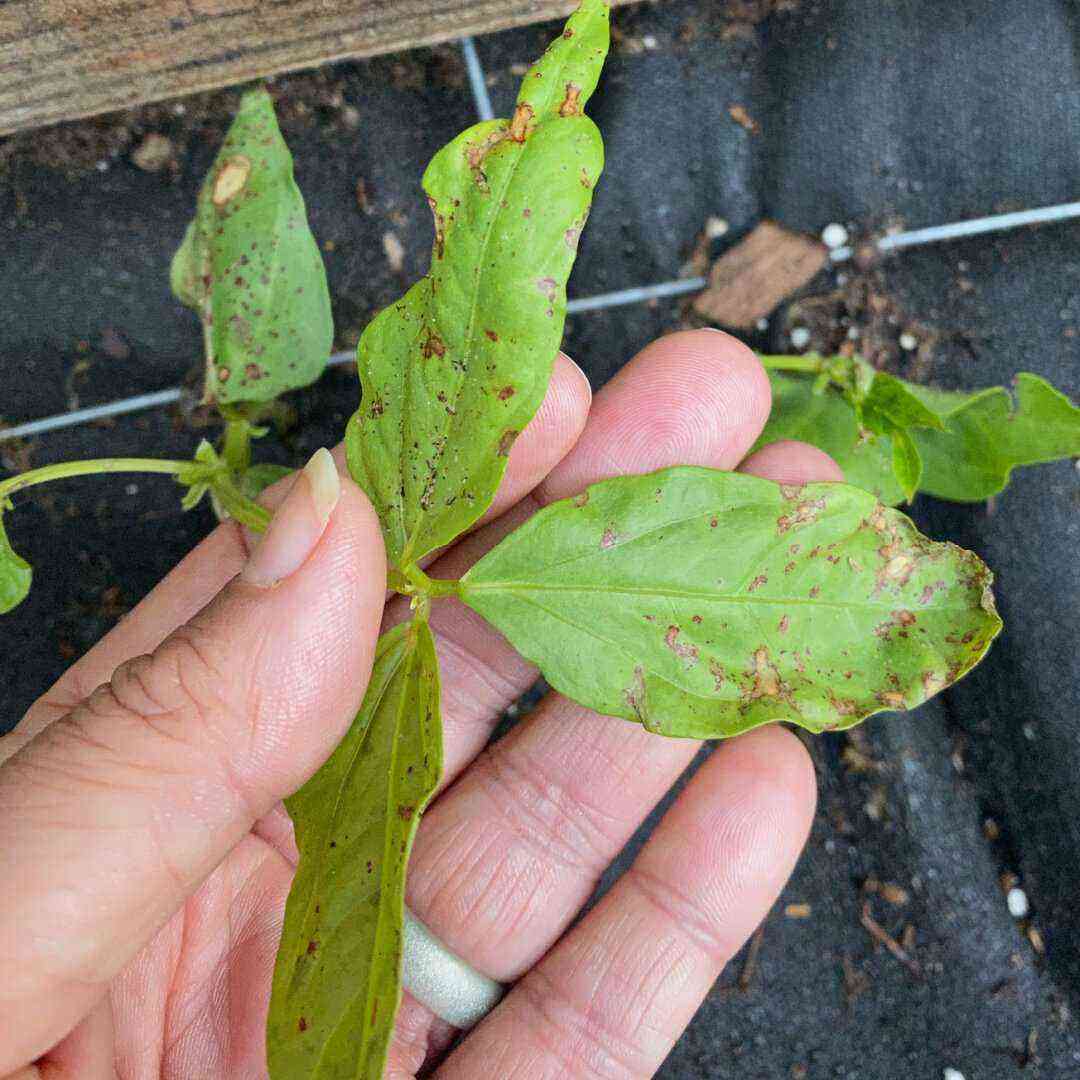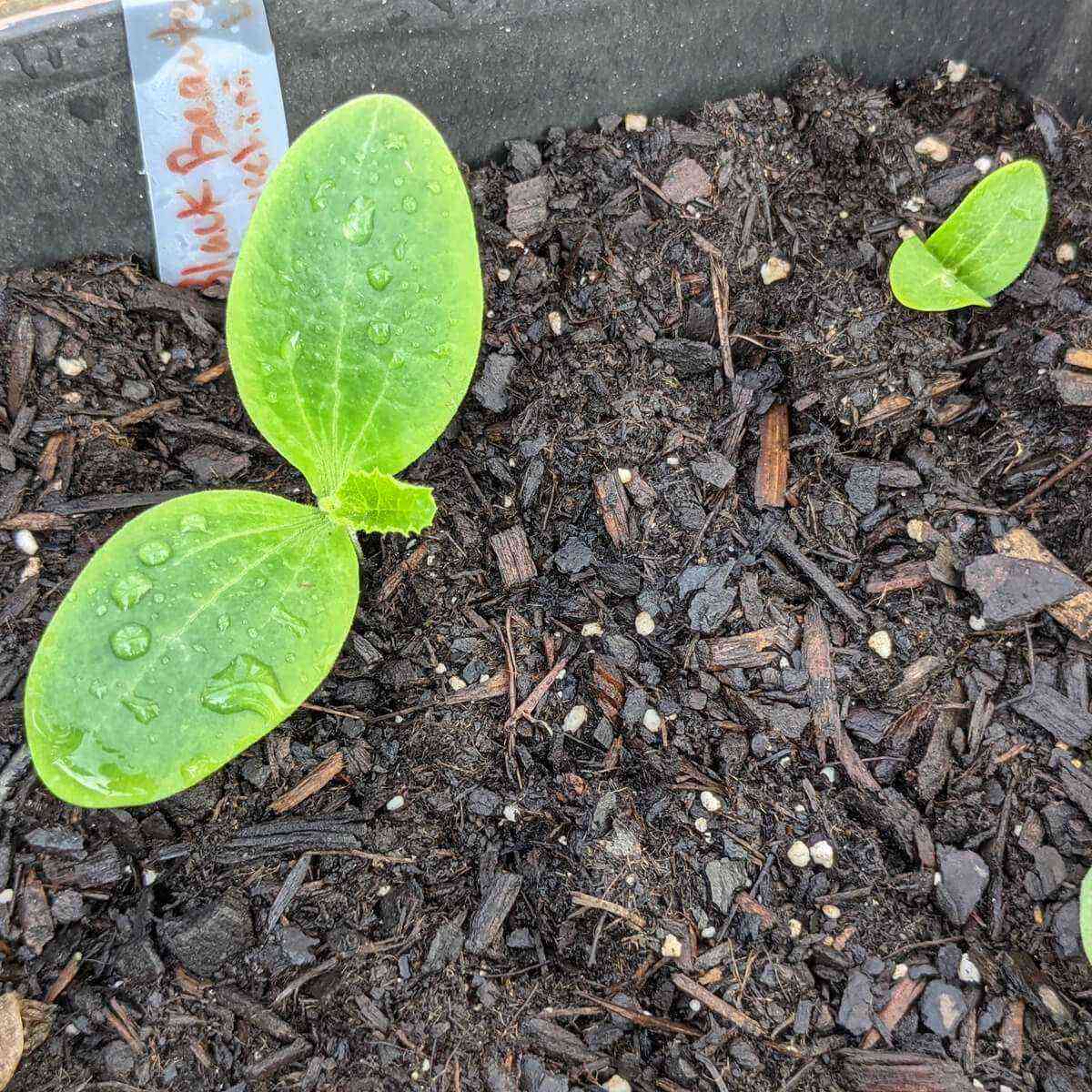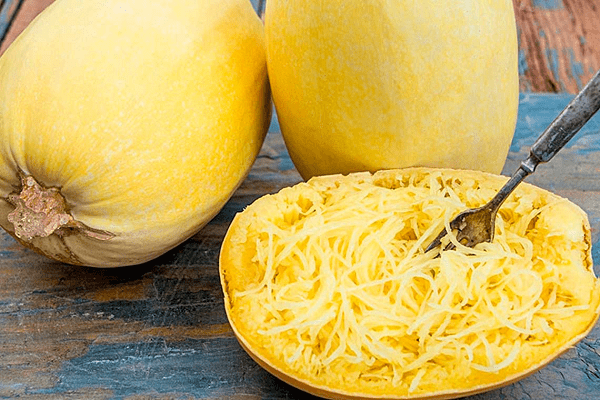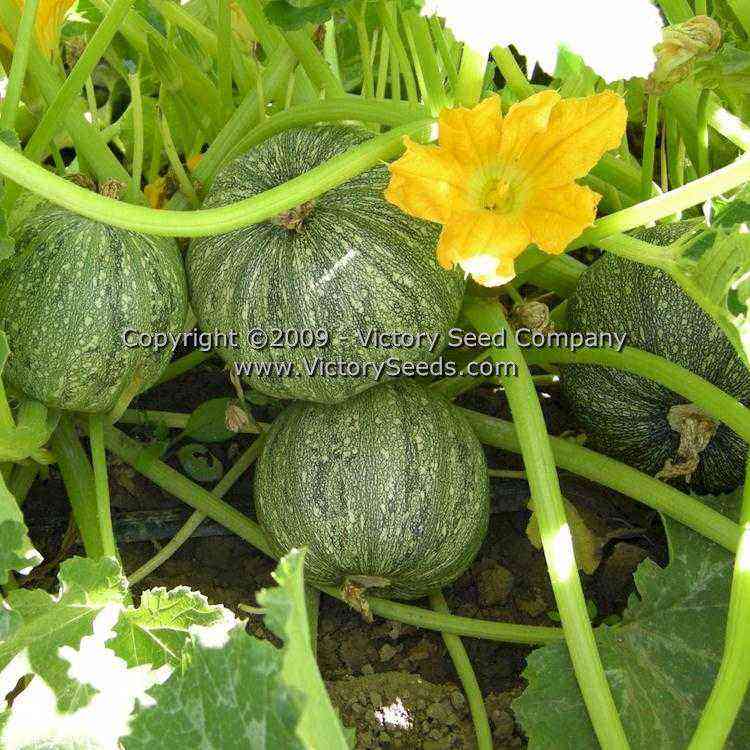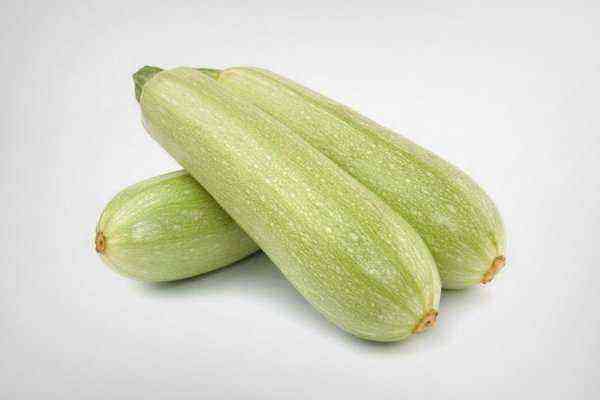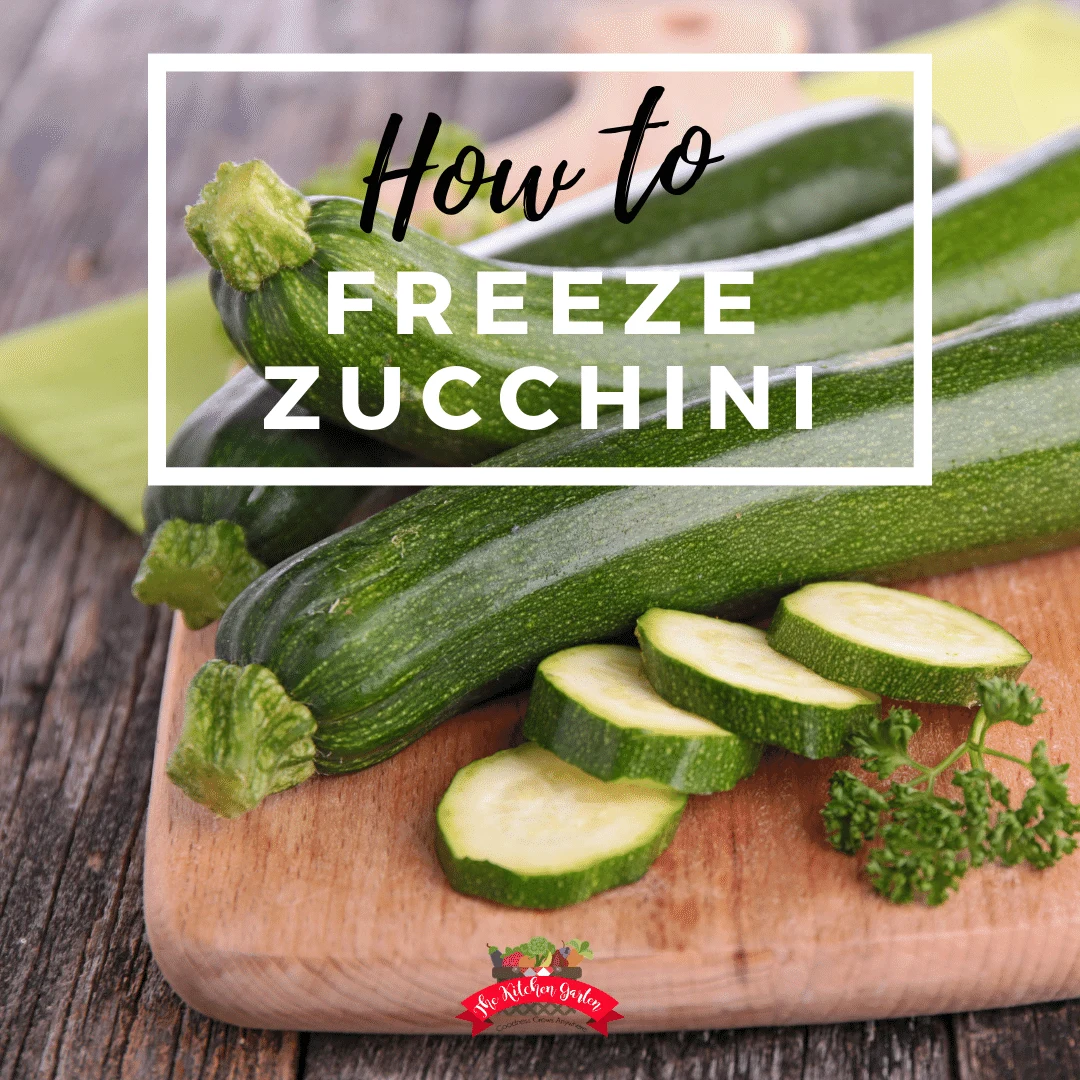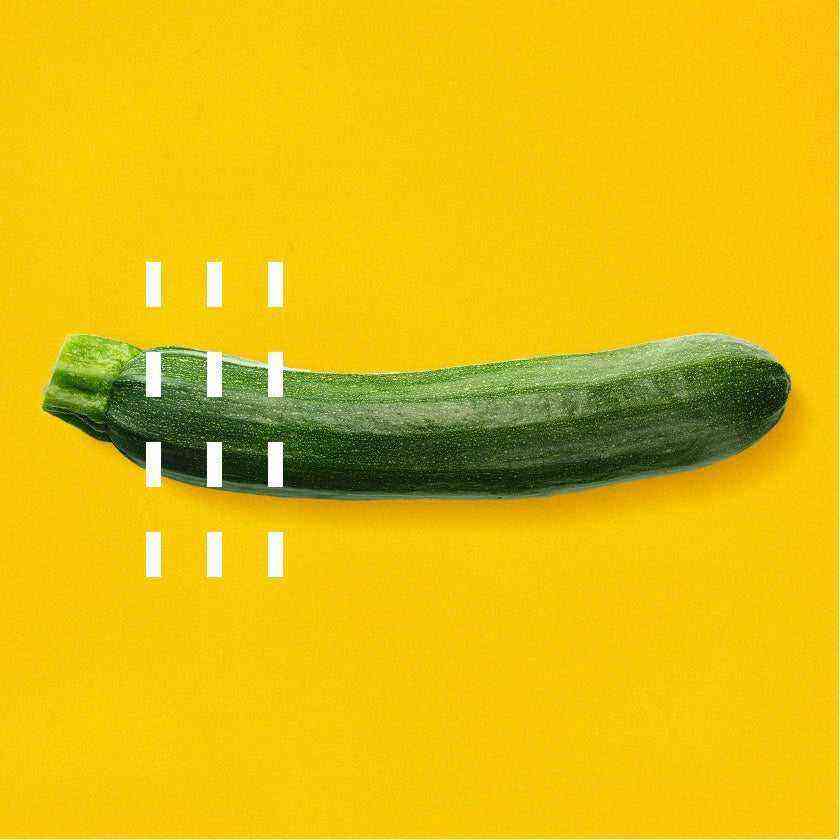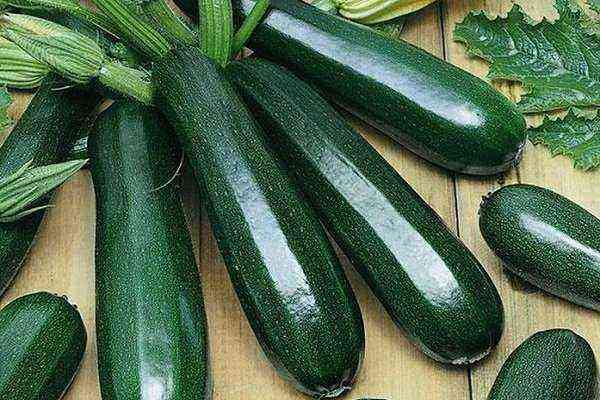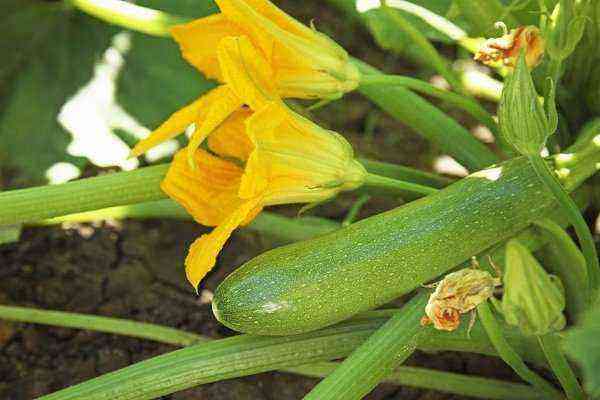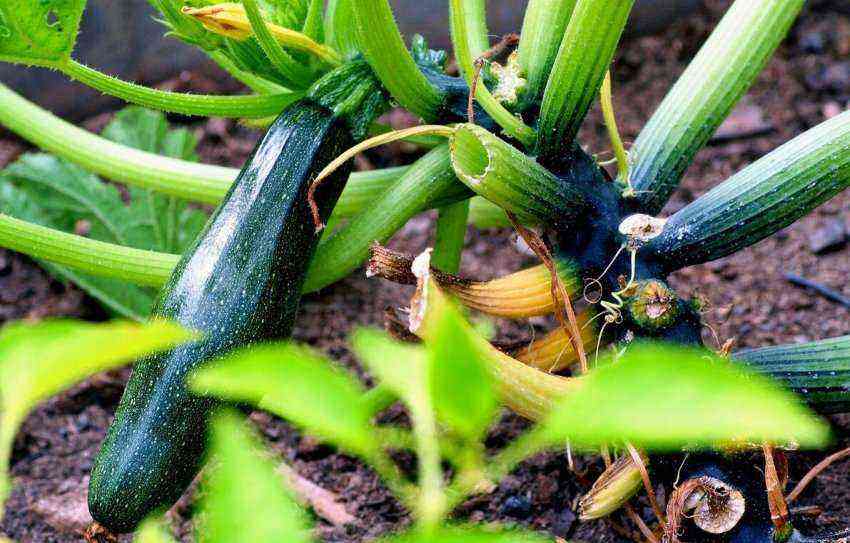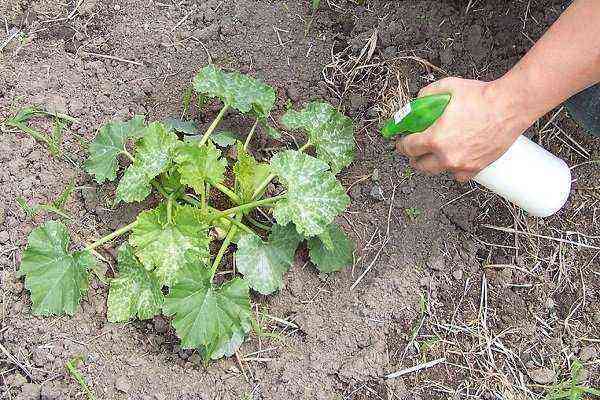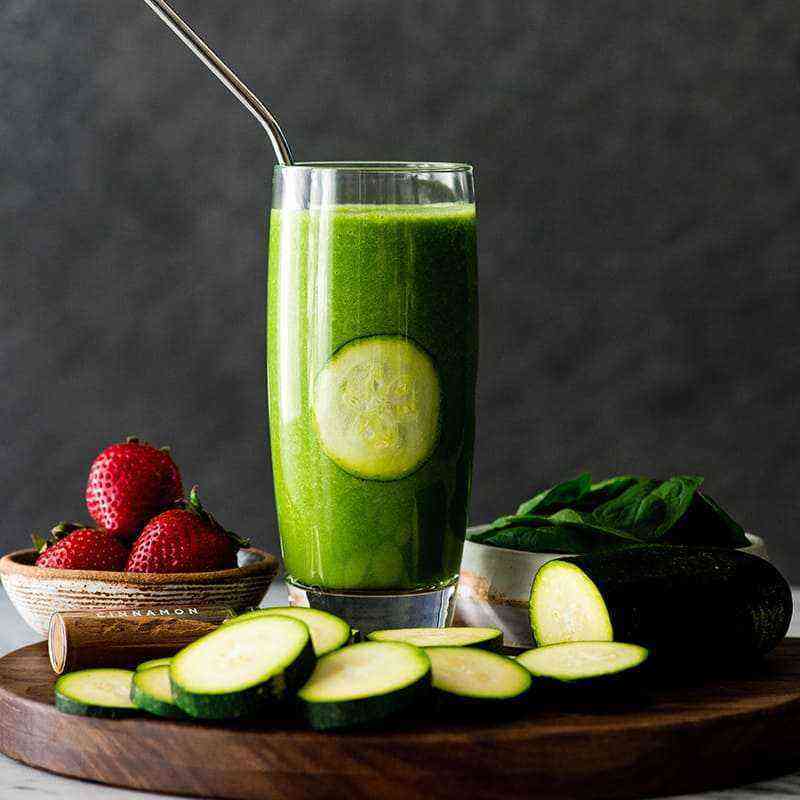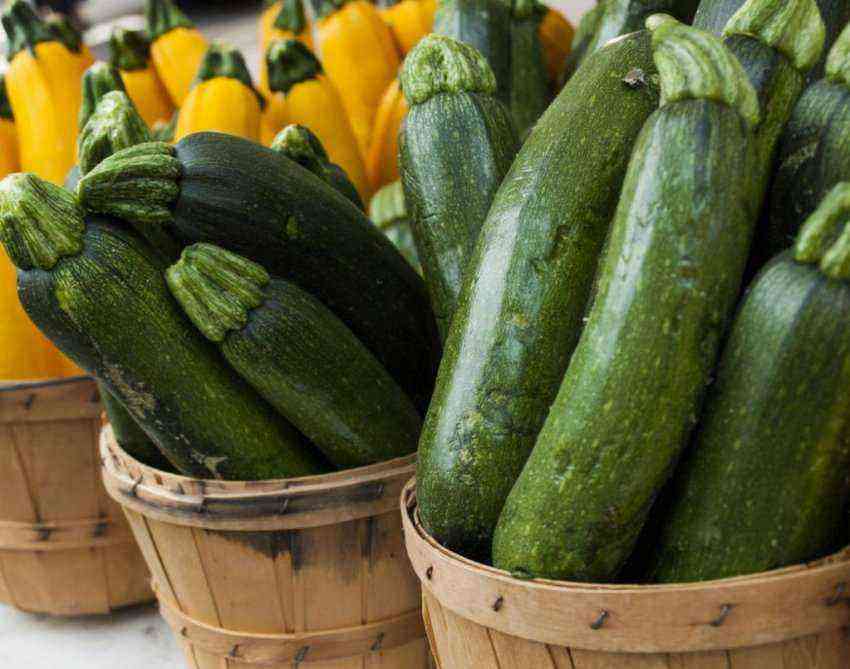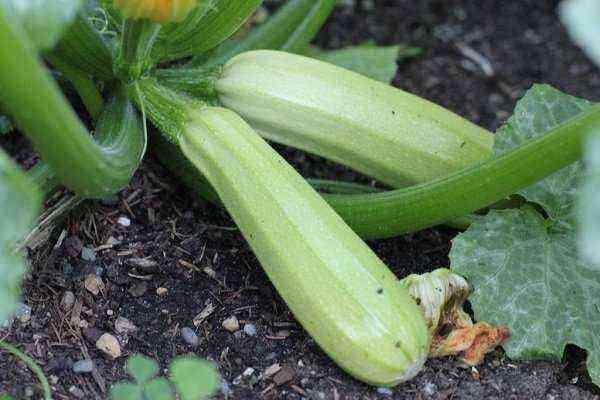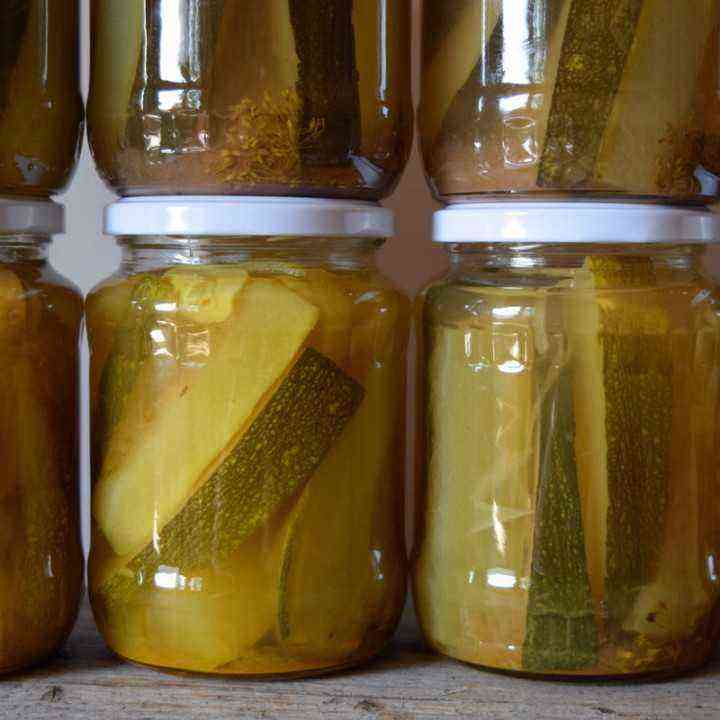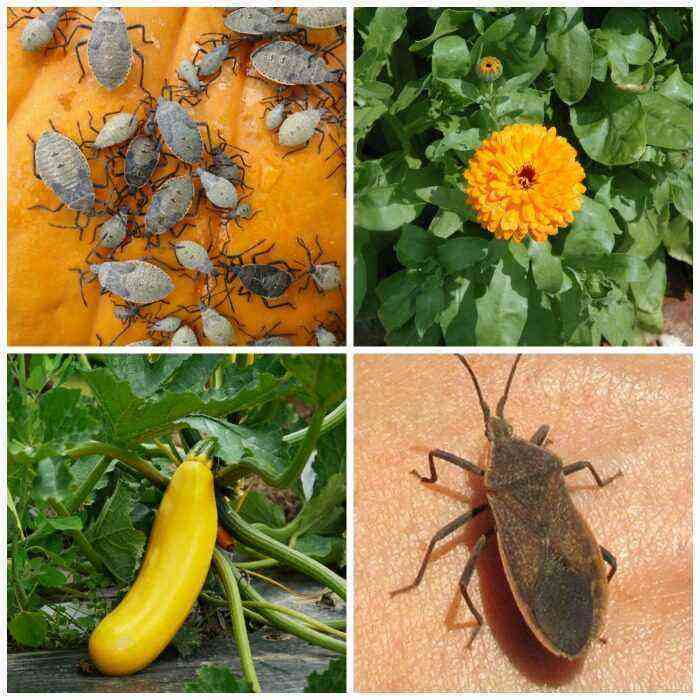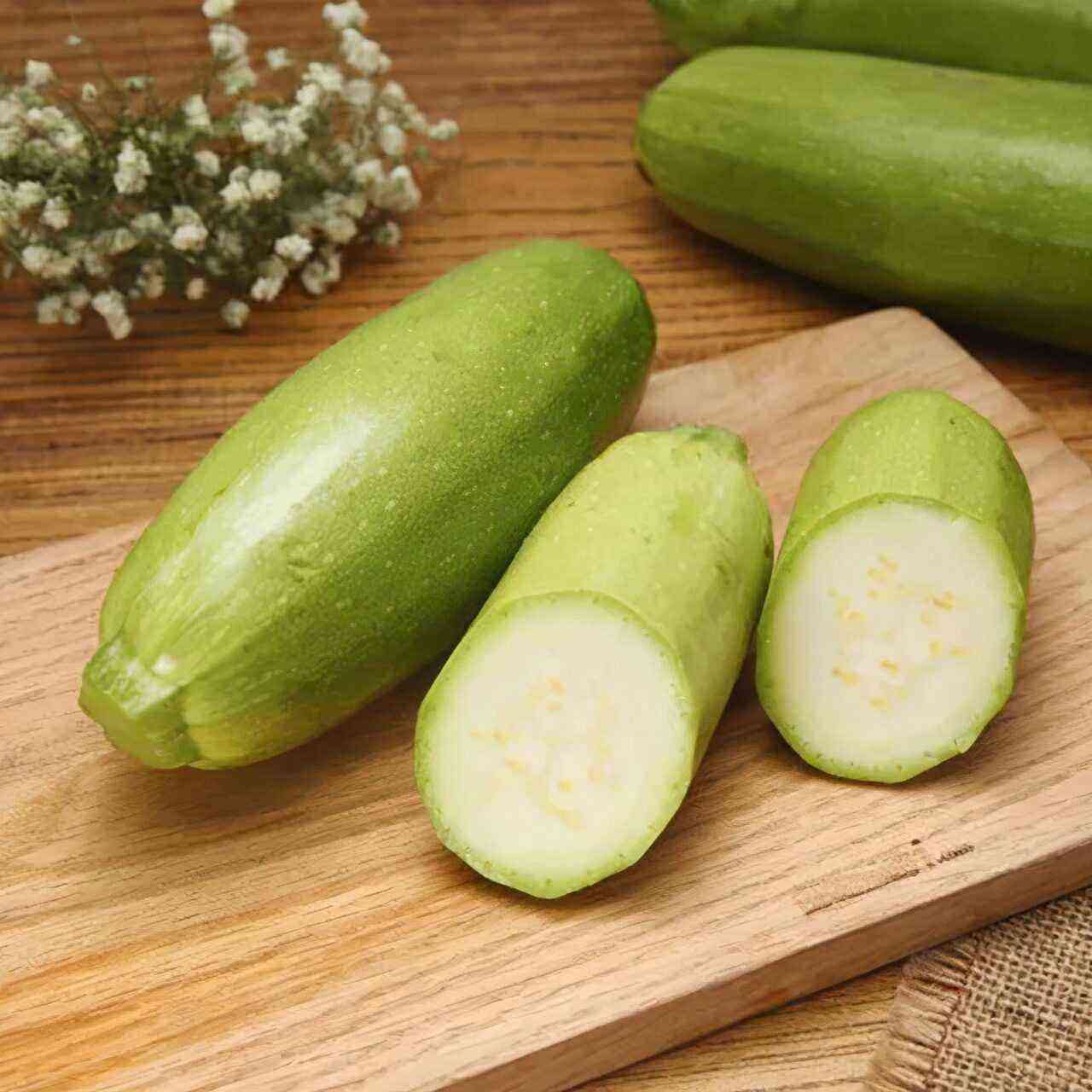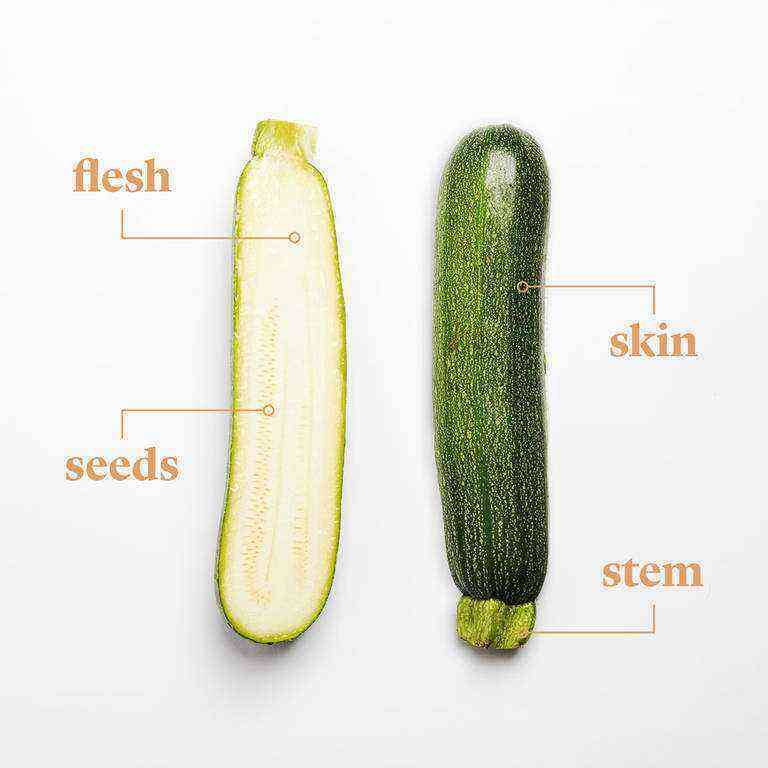Growing zucchini in open ground is quite simple, however, to speed up the ripening of this vegetable crop and obtain a more voluminous crop, it is often planted in greenhouses. The features of this process will be discussed in this article.
The main advantages of growing zucchini in a polycarbonate greenhouse
Polycarbonate greenhouses are in great demand among modern farmers, as they are reliable and durable protection for grown crops. Many of the gardeners are thinking about the question of whether it is possible to plant zucchini and what are the advantages of this method of cultivation.
- The main advantages are:
- the speed of crop maturation, early harvest allows you to sell products at better prices;
- a large amount of crop yield;
- improved taste of the product;
- protection from many parasites;
- the crop is protected from the negative effects of weather conditions, possible spring frosts;
- the ability to grow crops from early spring to autumn.
Varieties of zucchini recommended for greenhouses
For growing zucchini in greenhouses, experts recommend paying attention to the following varieties and hybrids, which are most successfully grown due to the fact that they require a small area and they bring a bountiful harvest:
These are predominantly hybrid varieties labeled F1. They rapidly undergo a vegetative process, they have a high yield and they do not depend on pollination by insects, that is, they are either self-pollinated or do not require pollination.
Preference is also given to bush and climbing varieties, if the height of the greenhouse allows you to install vertical supports.
In addition to the favorites mentioned above, you can also plant in a greenhouse:
Early ripening:
- Aeronaut;
- Moore;
- Island;
- Salman;
- Beluha;
- Jasmine;
- Waterfall etc.
Mid-season:
- Gribovsky;
- Kuand;
- Jade, etc.
Late-ripening:
- Walnut;
- Spaghetti Raviolo.
Self-pollinated:
- Sangrum;
- Parthenon;
- Dry, etc.
Terms of planting seedlings in a greenhouse
You can grow zucchini in greenhouse conditions all year round, but it is more expedient and profitable to do this at the end of winter, at the very beginning of spring, when this early vegetable is most in demand among consumers.
Based on this, it is necessary to start growing seedlings already in late February – early March, in order to get the first, spring-like fresh crop of vegetables already in the first or second decade of April. Planting seeds should be planned 1 month before planting in the greenhouse.
Important! Zucchini seeds can be stored up to 7 years without losing their qualities.
To do this, use peat cups, seedlings with fertile soil or special nutrient soil, which is sold in stores. You can determine the readiness of planting seedlings by the presence of formed leaves.
Basic requirements for a greenhouse
Considering the greenhouse parameters that are necessary for growing zucchini, you should know:
- The height of the structure should be comfortable for the person caring for the planting of vegetable crops, that is, be at least slightly higher than his height.
- The greenhouse should have a wide aisle between rows, about 50 cm, which will avoid damage to fragile bushes. The beds themselves should be 80–100 cm wide.
- The area of the greenhouse must be at least 50 m².
- Ventilation in the greenhouse is essential to avoid the accumulation of moisture and provide the necessary air exchange. For this, vents and doors are created in the greenhouse from two ends.
- Heating in the greenhouse may be present, however, this is not a prerequisite. For these purposes can be used: electric boiler, wood stove, heater. To heat greenhouses with zucchini, you can use biofuel, which includes rotted manure and straw.
- It is possible to equip a greenhouse with an automatic drip irrigation system.
Features of growing zucchini
Growing zucchini is not a very troublesome business, since this vegetable crop does not require specific growing and care conditions.
However, to obtain a high-quality and voluminous crop, the following growing conditions should be controlled:
- The soil should be nutritious, containing organic and mineral components with neutral acidity. Peat, sawdust and humus can be added to loamy soil, and compost can be added to sandy manure with peat.
- Provide irrigation.
- Organize three times the introduction of top dressing during the growing season.
- Create conditions with an optimal microclimate.
How to prepare seedlings
A month before the expected date of planting seedlings in greenhouses, it is necessary to plant the seeds in prepared containers with fertile soil. Squash seeds germinate very well, however, to increase their germination, they can be treated with a growth stimulator or soaked in warm water for 3 hours.
The soil before planting also needs to be prepared, for this it is watered with warm water and left for a day. After that, the seeds are immersed in the soil to a depth of 3 cm, buried and watered.
Irrigation is carried out regularly, since the culture loves water, however, the condition of the soil should be monitored and its excessive moisture should not be allowed.
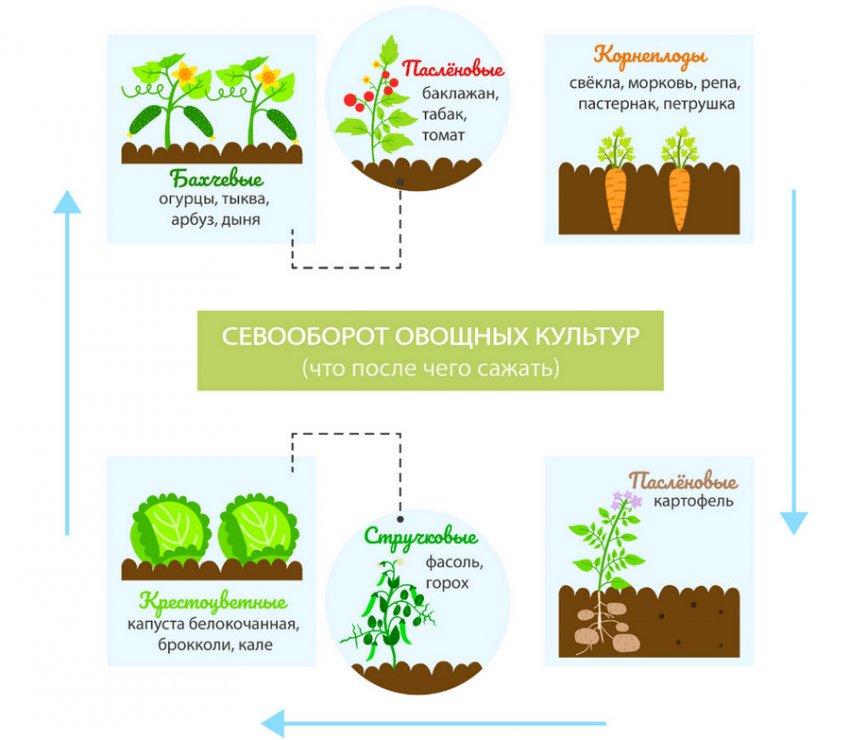
When the first shoots appear on the surface of the soil, the seedling box or peat cups are transferred to a well-lit room. During the daytime, the air temperature in it should be within + 20 … + 22˚C, and at night – + 16 … + 17˚C.
As soon as leaves appear on the seedlings, it can be transplanted to the greenhouse bed. This happens approximately 25 days after planting.
Transplanting
Zucchini seedlings can be planted in unheated greenhouses at the end of April, but if the planting was done earlier and the seedlings are ready for transplantation ahead of the specified time, then the soil needs to be heated. To do this, you can decompose rotted manure mixed with straw on the beds and sprinkle it with a layer of soil of 20–25 cm.
From above, plant squash seedlings. Before planting, the soil is watered with warm water. Bushes are planted in rows, with an interval of 70–80 cm and a distance between rows of 80–100 cm, or in a square-nested method. Seedlings are immersed in the soil to the first leaves.
Pollination
As a rule, experienced gardeners recommend choosing either self-pollinating varieties of zucchini, or those that do not need pollination, since the natural access of insects to the greenhouse is limited. If another variety was chosen for planting, then a difficult situation may arise, since male flowers on squash bushes appear 10 days later than female ones and the pollination process may not occur.
To prevent this, you can use the advice and plant the seedlings in two stages, with an interval of 10 days, and then manually pollinate the simultaneously opened buds. There is also a method of luring pollinating insects into the greenhouse through the use of baits during aeration.
Care instructions
Crop care in greenhouse conditions consists mainly in observing:
- temperature regime;
- irrigation organization;
- fertilizer application;
- ensuring ventilation of the greenhouse and maintaining humidity within 65%;
- loosening the soil after watering and mulching it to retain moisture;
- weed removal;
- bush formation, removal of bottom leaves on thickened bushes with more than 15 leaves to stimulate growth and improve aeration;
- garter on the trellis, in the case of growing tall bushes.
Video: Secrets of the early harvest of zucchini
Temperature conditions
Zucchini love heat, but not heat, and therefore during the daytime in the greenhouse the air should be warmed up to + 23˚C, at night this figure can drop to + 17˚C, while the soil temperature should be + 20 … +25˚C.
Exceeding these indicators can lead to dropping the ovaries from the bush, and an insufficient amount of heat will have a slowing effect on the development of the plant. If the air temperature rises strongly with the advent of heat, then the plant needs to provide a larger amount of moisture, which means increasing the amount of watering.
Did you know? Young zucchini fruits are richer and more flavorful than older ones, and some varieties of these vegetables can even be eaten raw in salads.
How to water
On average, watering zucchini in a greenhouse is necessary once a week, however, it is necessary to control the condition of the topsoil. If small cracks appear on it, then the plant requires moisture.
For irrigation use water at room temperature and, if necessary, provide it with heating. The rate of water consumption for 1 bush is a bucket of water. The frequency of watering is increased in sunny and hot weather, as well as when the first ovary appears on the bushes. During this period, the frequency of irrigation can be 2-3 times a week. Watering is stopped a week before the expected date of the start of the harvest of ripened fruits.
How to feed
The first application of fertilizers occurs at the stage of soil preparation before sowing seeds.
Then, to increase its fertility, you can use:
- superphosphates;
- urea;
- potassium sulfate;
- ash.
Important! Nitrogen fertilizers provoke an increase in green mass, and also delay the formation of flowers and ovaries on the bushes, so their use is not recommended.
Further fertilization is carried out during flowering and fruiting:
- complex fertilizers during the appearance of flowers on the bushes will help ensure a good harvest. To do this, they are bred in water and the bushes are irrigated with a solution, carrying out root feeding, you can also add 1 glass of ash for each bush;
- when the bush begins to bear fruit, 3 fertilization is carried out. It is advisable to use organic substances for these purposes: an infusion of bird droppings or mullein, superphosphates.
Harvesting and storage of crops
To harvest greenhouse zucchini, you must adhere to certain rules:
- collection is made every other day to prevent overripe fruits and stunting of others;
- the length of mature fruits should reach 20 cm;
- a mature zucchini has a dull sound when tapped on it;
- in order to prevent injury to the bush, it is necessary to cut the fruits with a knife from the bush.
The last crop in the greenhouse is harvested in August.
For successful storage of zucchini, it is necessary to put unwashed fruits in boxes and send them to a cool room.
Growing zucchini in a greenhouse is a simple process, since the culture is unpretentious in care and does not require special conditions for planting. Vegetables love watering, grow rapidly and are often grown in greenhouse conditions for sale as the first spring vegetables.
